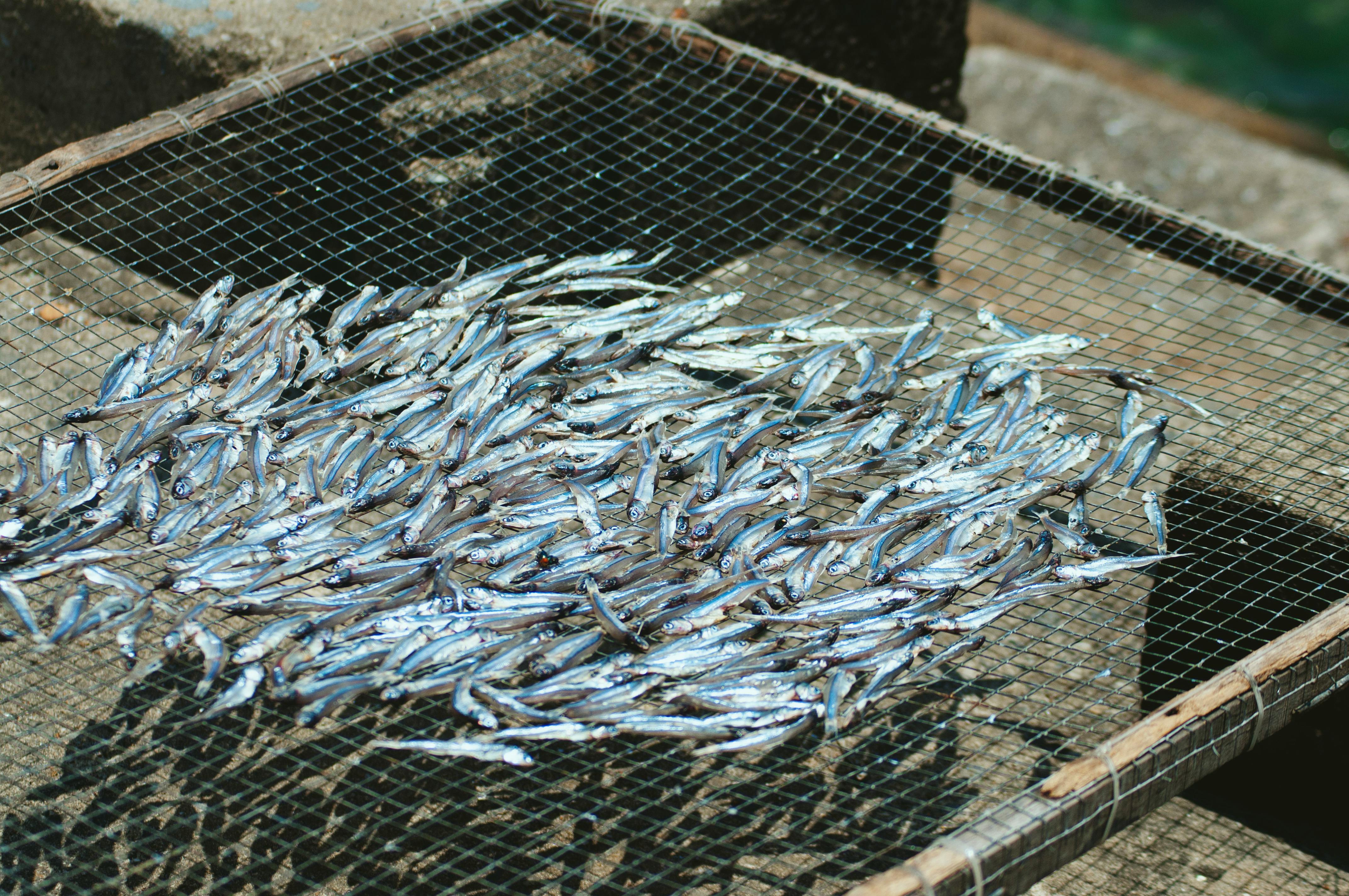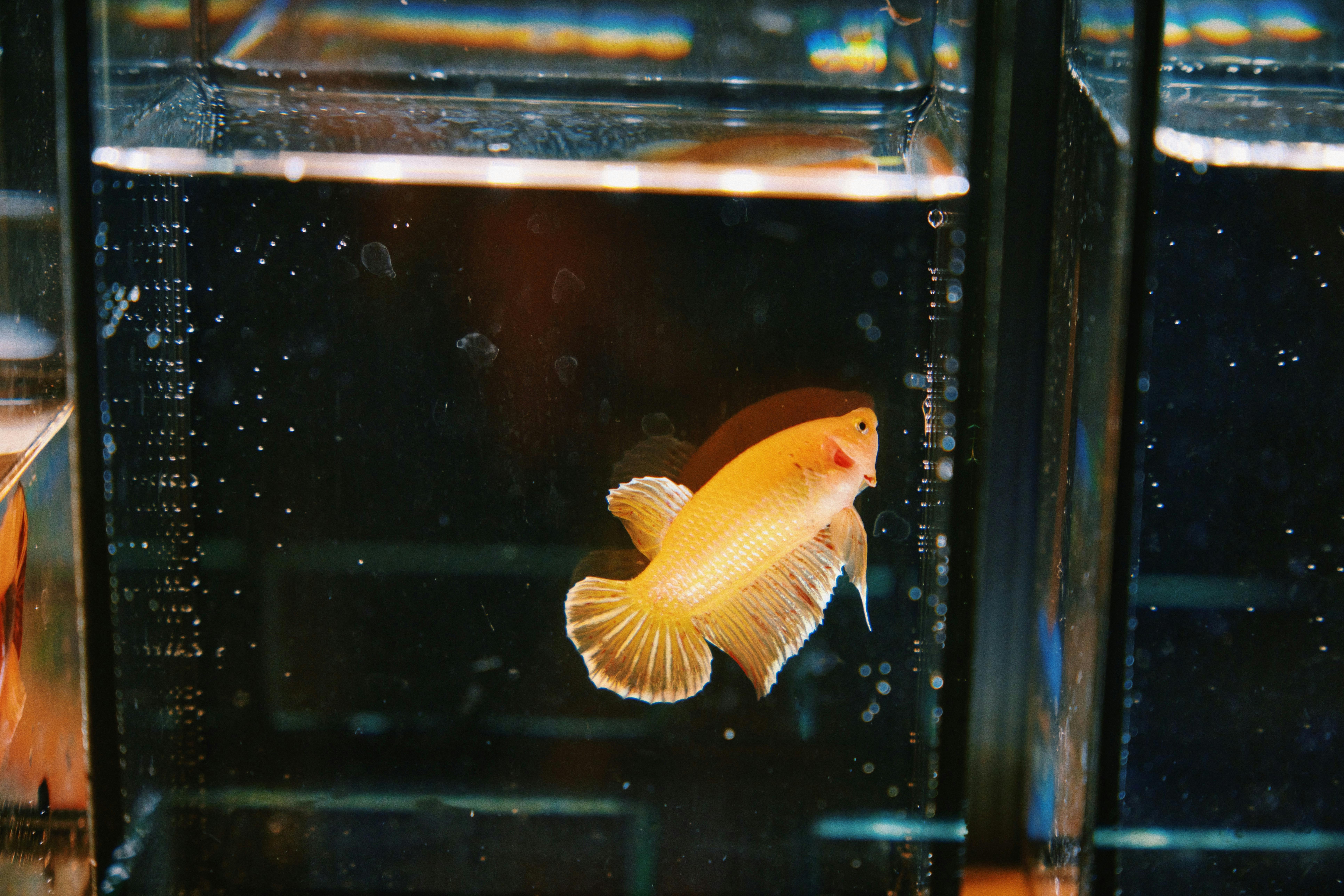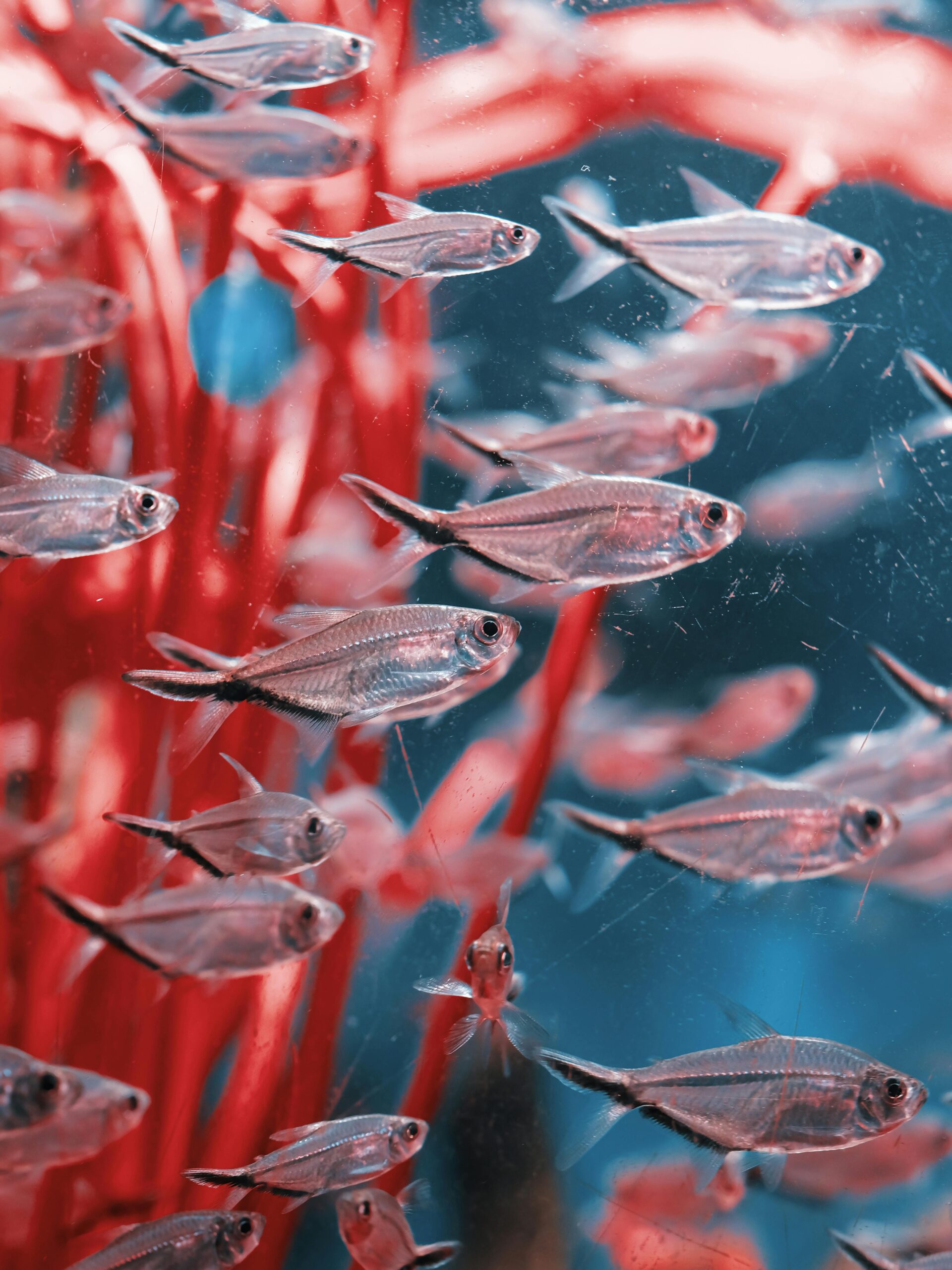Essential Guide to Small Fish Tanks: Practical Insights for 2025 Success
Small fish tanks are increasingly popular among aquarists due to their manageable size, affordability, and charming aesthetic. This essential guide will delve into everything you need to know about setting up a small fish tank, including choosing the right fish, maintaining optimal water conditions, and creating a beautiful aquascape.
Small fish tanks, often referred to as nano or compact fish tanks, are ideal for beginners and those with limited space. Whether you’re looking for a desktop aquarium for your office or a stylish addition to your home, small tanks can accommodate a variety of freshwater fish and aquatic plants. This article will guide you through the process of selecting fish species, tank decor, and maintenance tips to ensure your aquatic environment thrives. Along the way, we will also highlight key takeaways concerning filtration, lighting, and the benefits of small fish tanks.
By the end of this article, you’ll be well-equipped to make informed decisions about setting up and maintaining your own small fish tank. Additionally, we’ve included expert recommendations and insights to help you achieve success in your fishkeeping endeavors.

Choosing the Best Small Fish Tank for Your Space
When it comes to small fish tanks, selecting the right one can make all the difference. With a variety of shapes and sizes available, you’ll want to consider your space and aesthetic preferences. Some popular options include cube fish tanks, desktop aquariums, and small glass fish tanks.
Cube Fish Tanks: A Modern Aesthetic
Cube fish tanks offer a chic and contemporary look, making them perfect for any setting. They are available in various sizes, typically between 5 to 15 gallons, giving you plenty of options to find one that suits your needs.
When setting up a cube tank, consider using a modular filtration system to keep the design sleek and unobtrusive. Combine your choice of fish species and small tank plants to create an appealing display.
Desktop Aquariums: For Office and Home Use
Desktop aquariums are compact and easy to manage, making them perfect for small spaces like office desks or windowsills. These tanks can range from 2 to 10 gallons and are often designed to be visually appealing.
Choose fish species that thrive in smaller environments, ensuring compatibility and comfort. Consider adding low-maintenance aquatic plants to enhance the aesthetic while providing natural filtration.
Small Glass Fish Tanks: Transparency and Elegance
Small glass fish tanks are favored for their transparency and elegance, making it easy to showcase your aquatic life. These tanks can vary in sizes, but often feature stylish designs that can complement any room decor.
When selecting your tank, aim for one with a decent filtration system to maintain water clarity and quality. Decorate with colorful small fish and aquatic plants to create a stunning underwater landscape.
Essential Setup for a Small Tank Aquarium
Once you’ve selected a small fish tank, the next step is to set it up properly. This includes choosing the right substrate, filtration system, and lighting for your small aquarium.
Choosing the Right Substrate
The substrate provides a foundation for your aquatic plants and enhances the overall aesthetic of your tank. You can choose from various materials, including gravel, sand, or specialized fish tank substrate designed for planted aquariums.
When selecting substrate, consider the needs of your chosen fish species and plants. For example, aquatic plants may thrive in nutrient-rich substrates, while certain fish prefer a gravel base for burrowing.
Effective Filtration Systems for Small Tanks
Proper filtration is crucial for maintaining water quality in small fish tanks. Various filtration options are available, such as internal filters, external canister filters, and sponge filters.
Choose a filtration system that suits the tank size and type of fish you intend to keep. Avoid over-filtering, as the current can be overwhelming for small fish, and ensure the filter is easy to maintain.
Lighting Considerations for Small Fish Tanks
Lighting plays a vital role in promoting the health of fish and aquatic plants while enhancing the beauty of your small tank. LED lights are energy-efficient and provide the necessary spectrum for plant growth and fish visibility.
Adjustable lighting systems allow you to control the intensity and duration of light, which is essential for maintaining stable water temperature and supporting a balanced ecosystem.

Top Fish Species for Small Aquariums
Choosing the right fish species is fundamental to creating a successful small fish tank. It’s essential to understand the unique needs and characteristics of various types of fish to ensure compatibility and a harmonious environment.
Beginner-Friendly Fish Species
For those new to fishkeeping, starting with easy-to-maintain fish can be advantageous. Betta fish, guppies, and neon tetra make great choices for small aquariums due to their lively personalities and adaptability.
When selecting beginner-friendly fish, consider their size and social behavior. This will help you create a balanced and diverse community within your compact aquarium.
Community Fish: Compatible Tank Mates
Creating a community aquarium can be a rewarding experience, allowing for vibrant interactions among different species. Popular choices for community tanks include platies and rasboras, which are generally peaceful and enjoy being part of a group.
It’s crucial to research fish compatibility and avoid aggressive species, as they can disrupt the harmony of your small tank. Aim for a balanced mix of fish that thrive together and promote a healthy ecosystem.
Colorful Small Fish to Brighten Your Tank
Adding colorful fish can enhance the visual appeal of your aquarium. Consider species like flowerhorn cichlids, dwarf gouramis, or endlers, which bring vibrant colors and interesting behaviors to your small fish tank.
Ensure proper space and care requirements for these species, as each fish may have specific needs when it comes to tank size, tank mates, and water conditions.
Creating and Maintaining a Healthy Small Fish Habitat
Proper maintenance is key to keeping your small fish tank thriving. Regular water changes, monitoring water quality, and maintaining a stable environment will greatly impact the health of your fish.
Water Quality Management
Monitoring water parameters is crucial for the well-being of your fish. High-quality testing kits can help you keep track of essential factors like pH, ammonia, and nitrate levels.
Regular water changes will help to maintain clean and stable water conditions. Aim for changing 10-20% of the water weekly, depending on tank occupancy and feeding practices.
Temperature Control and Heating
Maintaining the right temperature is essential for fish health, particularly in smaller tanks that heat quickly. Consider using an aquarium heater with adjustable settings to achieve optimal conditions for your fish species.
Regularly check the water temperature and make adjustments as needed, especially during seasonal changes, to prevent stress on your fish and plants.
Fish Tank Cleaning and Maintenance Tips
Regular cleaning and maintenance are essential for preventing algae growth and ensuring the health of your small fish tank. Implement a routine for gravel vacuuming and algae scraping to maintain a clean environment.
Invest in quality tank accessories such as algae scrapers and siphons, which make routine cleaning more manageable. Schedule these tasks weekly to keep your aquarium healthy and aesthetically pleasing.
Creating a Beautiful Aquascape in Your Small Fish Tank
A well-designed aquascape not only enhances the beauty of your small fish tank but also promotes a serene habitat for your aquatic life. Consider the following elements when designing your aquascape.
Choosing Aquatic Decorations
Use fish tank decorations to create an inviting environment. Select materials that are fish-friendly and safe to use in your aquarium. Some popular options include rocks, driftwood, and artificial plants.
Incorporate natural elements to mimic the fish’s native habitat, which can reduce stress and encourage natural behaviors. Use decorative gravel or substrate to enhance the overall visual aspect of your tank.
Planting for Function and Aesthetics
Adding aquatic plants not only enhances your tank’s look but provides essential filtration and hiding spots for fish. Choose plants that are suitable for small tanks, such as java moss, anubias, or aquatic ferns.
Planting should consider the growth rate and light demand of species to ensure compatibility with fish and the overall balance of your small tank ecosystem.
Dynamic Features for Interaction
To create an engaging environment, consider interactive features such as small caves or hiding spots. These elements allow fish to explore and find shelter, promoting their physical and mental well-being.
These dynamic features should be placed thoughtfully within your aquarium to create open swimming areas while providing secure spaces for your fish to retreat.
Conclusion: Achieving Success with Small Fish Tanks
Success with small fish tanks lies in understanding the intricate balance of fish health, water quality, and aesthetics. With the right setup, fish species, and maintenance routine, your small aquarium can be a thriving ecosystem that provides joy and relaxation.
As you embark on your aquarist journey, remember the importance of regular monitoring and care. Stay informed about the latest trends and tips in aquaristics to create a beautiful fish habitat while enjoying the peaceful ambiance that small fish tanks offer.
For further insights and expert guidance on aquaristics, check out our resources on fish tank care and aquarium maintenance tips.
Happy fishkeeping!
